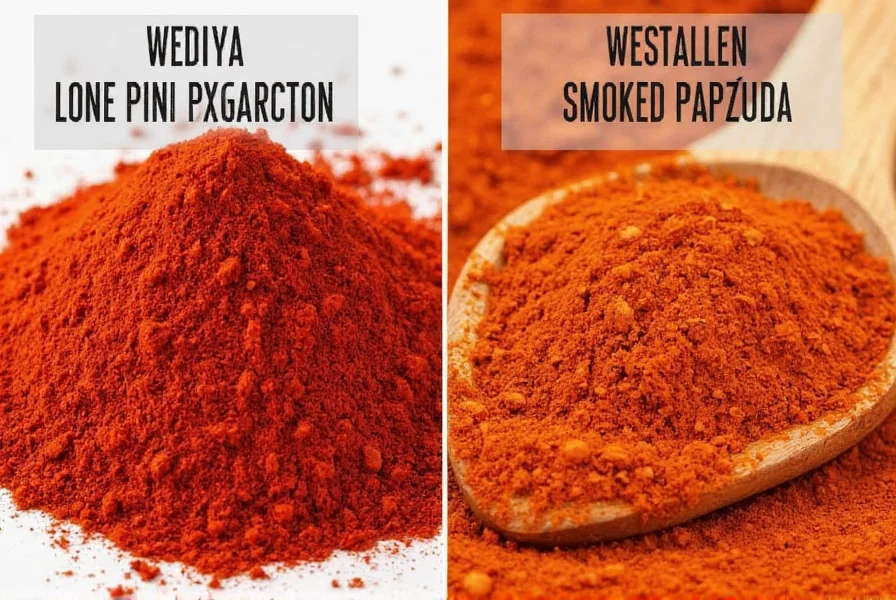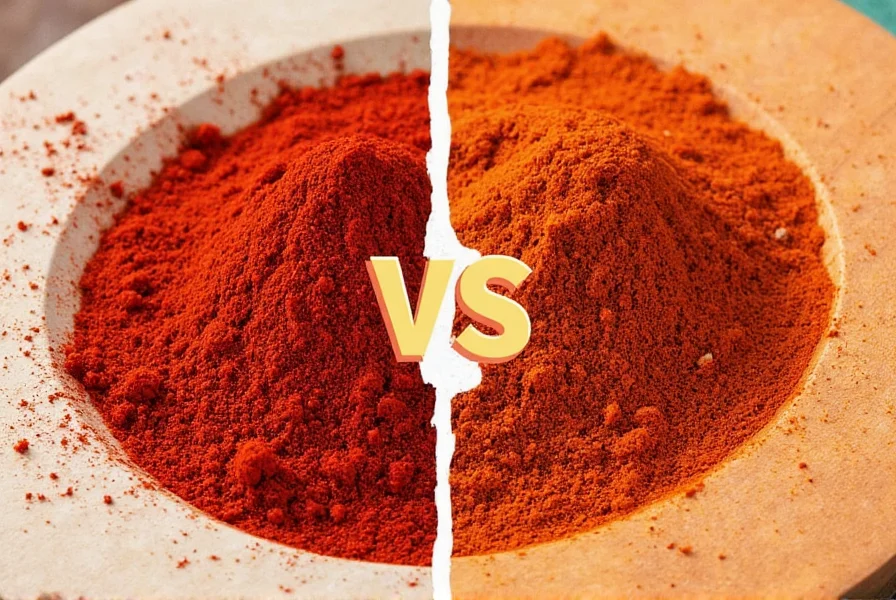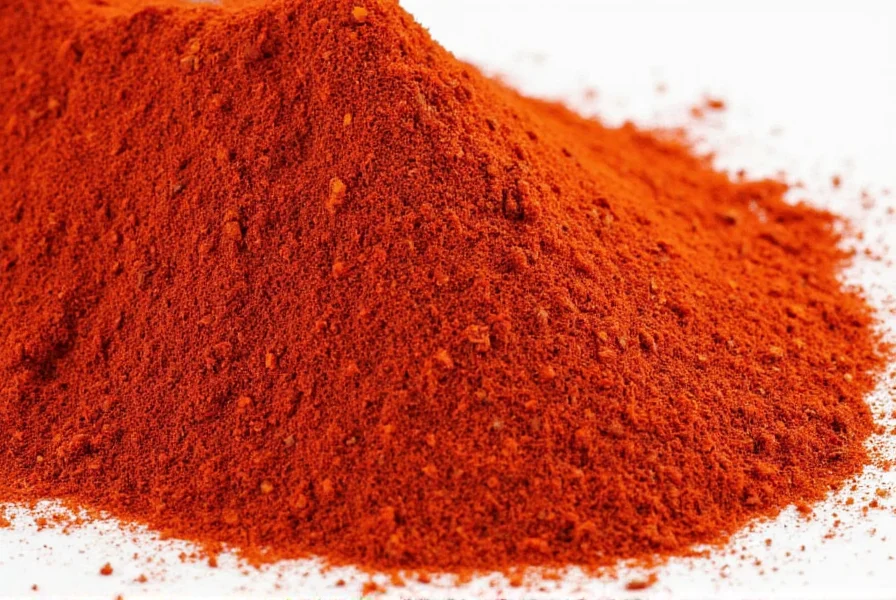When exploring the world of spices, few comparisons matter more to home cooks and professional chefs than understanding paprika vs smoked paprika. These two vibrant red powders may look similar in the spice rack, but their flavor profiles, production methods, and culinary applications differ significantly. Choosing the wrong variety can dramatically alter the intended taste of your dish, making it essential to understand the nuances between these two popular spices.
What Exactly Is Paprika?
Traditional paprika originates from Central Europe, particularly Hungary, where it's considered a national treasure. Made from finely ground Capsicum annuum peppers, this spice comes in several varieties ranging from sweet to hot. The production process involves harvesting ripe peppers, removing seeds and stems, then air-drying them in the sun before grinding into powder.
Sweet paprika (often labeled "dulce" in Spanish markets) delivers a mild, slightly sweet flavor with subtle earthy notes. Hot paprika contains more capsaicin from hotter pepper varieties, providing noticeable heat without overwhelming smokiness. Hungarian paprika, considered the gold standard, comes in eight distinct varieties graded by color intensity and heat level.

The Unique Production of Smoked Paprika
Smoked paprika, known as "pimentón" in Spain, undergoes a distinctive smoking process that defines its character. Primarily produced in Spain's La Vera region, these peppers are slowly smoked over oak wood fires for up to 15 days before grinding. This traditional smoking method imparts a deep, complex smokiness that regular paprika lacks entirely.
Spanish smoked paprika comes in three main varieties:
- Pimentón Dulce - Sweet smoked paprika with no heat
- Pimentón Agridulce - Bittersweet smoked paprika with mild heat
- Pimentón Picante - Hot smoked paprika with significant heat
The smoking process not only adds flavor but also affects the color, giving smoked paprika a slightly darker, more burgundy appearance compared to the brighter red of regular paprika. This difference in hue can impact the visual presentation of your dishes.
Comparing Key Characteristics
| Characteristic | Regular Paprika | Smoked Paprika |
|---|---|---|
| Production Method | Air-dried in sunlight | Smoked over wood fires (typically oak) |
| Flavor Profile | Sweet, earthy, sometimes hot | Pronounced smokiness with sweet or hot notes |
| Color | Bright red | Deeper, more burgundy red |
| Heat Range | Mild to hot (depending on variety) | Sweet to hot (dulce, agridulce, picante) |
| Best Culinary Uses | Classic Hungarian dishes, rubs, color enhancement | Spanish cuisine, barbecue, stews needing smoky depth |
| Shelf Life | 2-3 years | 1-2 years (smoke flavor fades faster) |
When to Use Each Type in Your Cooking
Selecting between paprika and smoked paprika depends entirely on your recipe's flavor requirements. For authentic Hungarian goulash, chicken paprikash, or deviled eggs, traditional paprika provides the correct flavor profile without introducing unwanted smokiness. Its bright color enhances dishes visually while delivering that characteristic sweet pepper flavor.
Smoked paprika shines in recipes where you want to replicate the flavor of wood-smoked foods without actual smoking. It's essential for authentic Spanish dishes like chorizo, patatas bravas, and fabada asturiana. When making barbecue rubs, bean dishes, or roasted vegetables where smokiness is desired, smoked paprika delivers that campfire essence. Many professional chefs also use it sparingly in tomato-based sauces to add depth without overwhelming other flavors.

Substitution Guidance and Common Mistakes
While you can substitute one for the other in a pinch, understanding paprika substitution limitations prevents culinary disasters. Replacing smoked paprika with regular paprika in a recipe specifically calling for the smoked variety will result in missing that essential smoky dimension. Conversely, using smoked paprika where regular is specified can overpower delicate flavors with smoke.
If you must substitute:
- Replace smoked paprika with regular paprika + 1/4 teaspoon liquid smoke (use sparingly)
- Replace regular paprika with smoked paprika by using half the amount to avoid overwhelming smoke flavor
- For Hungarian dishes, never substitute smoked paprika for traditional paprika
One common mistake home cooks make is overheating either variety. Both paprikas lose their delicate flavors when exposed to high heat for extended periods. Add them toward the end of cooking or use in finishing oils to preserve their nuanced flavors. Another error involves storing these spices improperly—keep both in airtight containers away from light and heat to maintain freshness.
Regional Variations Worth Knowing
Understanding regional differences helps you select the right product for authentic cooking. Hungarian paprika, protected by EU geographical indication, comes in eight varieties graded by color intensity and heat. The most common are Édesnömör (sweet), Különleges (special quality), and Erős (hot).
Spanish pimentón, also protected, is primarily produced in Extremadura using specific pepper varieties smoked over holm oak. The three main types—dulce, agridulce, and picante—each serve distinct culinary purposes in Spanish cooking traditions.
American paprika often lacks the depth of European varieties, frequently being a blend of different peppers without distinctive regional characteristics. For serious cooking, seek out authentic Hungarian or Spanish products labeled with their specific regional designations.
Frequently Asked Questions
Can I substitute smoked paprika for regular paprika in recipes?
Yes, but with caution. Smoked paprika will add a distinct smoky flavor that regular paprika lacks. For best results, use half the amount of smoked paprika when substituting for regular paprika to avoid overwhelming your dish with smoke flavor. In recipes specifically requiring the clean pepper flavor of regular paprika (like traditional Hungarian dishes), substitution isn't recommended.
Does smoked paprika have more heat than regular paprika?
Not necessarily. Both regular and smoked paprika come in sweet, medium, and hot varieties. The heat level depends on the pepper variety used, not the smoking process. Spanish smoked paprika is labeled as dulce (sweet), agridulce (bittersweet), or picante (hot), while Hungarian paprika has its own heat grading system. Always check the label for heat indication regardless of which type you're using.
How should I store paprika to maintain freshness?
Store both regular and smoked paprika in airtight containers away from light, heat, and moisture. A cool, dark cupboard works well, but many chefs prefer refrigeration for longer shelf life. Smoked paprika's distinctive flavor compounds degrade faster than regular paprika, so use it within 1-2 years for best results, while regular paprika maintains quality for 2-3 years. Never store spices above the stove where heat and steam can degrade them.
What dishes absolutely require smoked paprika for authenticity?
Authentic Spanish dishes like chorizo sausage, patatas bravas, fabada asturiana (bean stew), and pimientos de padrón require smoked paprika (pimentón) for traditional flavor. In Hungarian cuisine, regular paprika is essential for goulash, chicken paprikash, and halászlé (fisherman's soup)—substituting smoked paprika would create an inauthentic flavor profile. For barbecue applications where actual smoking isn't possible, smoked paprika provides the closest approximation of wood-smoked flavor.
Why does my paprika taste bitter when I cook with it?
Paprika develops bitter flavors when exposed to high heat for too long. Both regular and smoked varieties contain delicate flavor compounds that degrade above 350°F (175°C). To prevent bitterness, add paprika toward the end of cooking or bloom it in warm (not hot) oil. For sauces and stews, stir it in during the last 5-10 minutes of cooking. Never add paprika directly to a very hot, dry pan as this will immediately burn the spice and create unpleasant bitterness.











 浙公网安备
33010002000092号
浙公网安备
33010002000092号 浙B2-20120091-4
浙B2-20120091-4